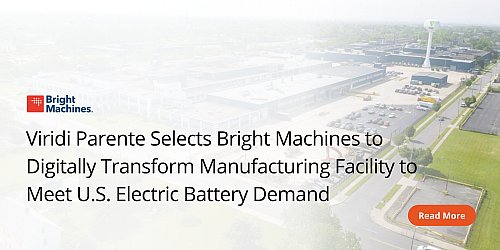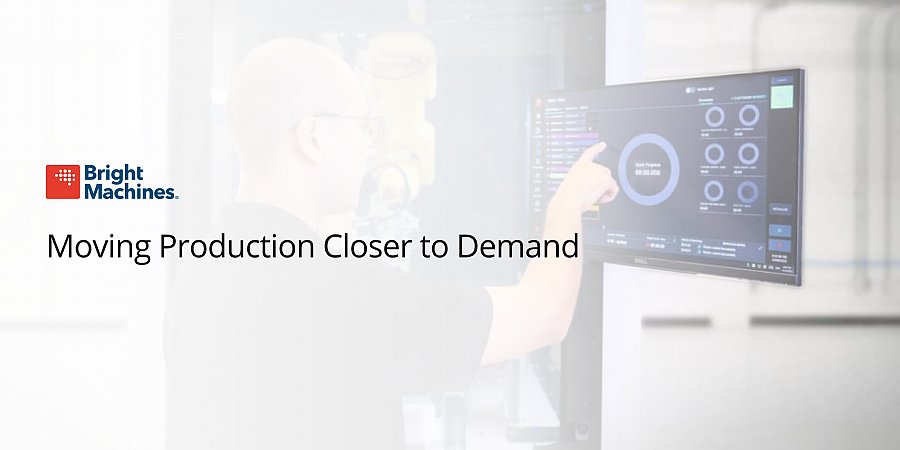Automation/Robotics
A global aircraft manufacturer needed to handle fiberglass nose cones throughout their process.
The AI landscape is changing, fast. Too fast, in most cases, for industrial vision systems like automated quality-inspection systems
With HMI, which stands for “Human Machine Interface,” we refer to the hardware and software technologies that enable interaction between humans and machines
Advances in machine learning and artificial intelligence are revolutionizing the technology world.
The last few years have taught us that modern manufacturing must cope with disruption and be ready to pivot quickly. If data flows in real time, agility will be achieved.
Our everyday digital experiences – from the online shopping purchases we make from our couch to cloud-delivered applications we use at work – rely on an elaborate network of firewalls, routers, and switches that move data.
This counterbalanced lift can reach over and around a conveyor to load and retrieve VFFS forming tubes.
Any manufacturer who has launched a new product is well acquainted with the risks associated with the production lifecycle.
Increasing interest in renewable energy and sustainability are driving demand for a range of new battery-powered products, and it’s causing battery demand to soar, with the battery value chain expected to increase tenfold by 2030.
As we know, no electronic product or anything else for that matter, performs as described in introductory electronics textbooks in which all designs have ideal components.
Manufacturers are no longer satisfied with traditional automation solutions and instead are seeking intelligent technology that can allow them to navigate the demands of today’s dynamic market more easily.
Bright Machines’ intelligent automation solution will enhance Viridi facilities to scale flexible and sustainable production of electric storage battery systems
Mankind has witnessed four major industrial revolutions over the past 300 years; each of which has led to rapid changes in manufacturing and production leading to sustained economic growth
The global supply chain was hit hard in the last few years and still hasn’t fully recovered; the cost of materials is continuously rising today, and new ‘Made in America’ legislation is influencing and incentivizing a shift in where production takes place.
Before manufacturers can make the shift to more modern technology like automation, they first need to justify the investment and prove the payback can be realized quickly enough.
Manufacturers continue working to stabilize production amid COVID challenges. More flexibility is needed to handle demand fluctuations. Work flows are being revisited in an effort to increase resiliency, and product quality and costs are at top of mind.
Manufacturing is about creating new products and bringing them to market as efficiently as possible. It’s time, however, for manufacturers to be more thoughtful about end-of-life processes as well, as they can have a detrimental impact on the environment and our businesses if mishandled or mismanaged.
While industrial advancements over the past few decades have introduced greater efficiencies, new solutions, and so much more for businesses and individuals across the globe, they’ve also, unfortunately, had a massive impact on the planet’s health.
Manufacturers are racing to automate. Businesses are digitizing their operations and leveraging edge computing to increase productivity
Machine vision systems that use CV and image-based analytics, manufacturing and practical applications, such as inspection, process control, safety, and robot guidance, are automated and transformed


_780_large.png)


_481_large.png)

















 Find our Products by Region:
Find our Products by Region: